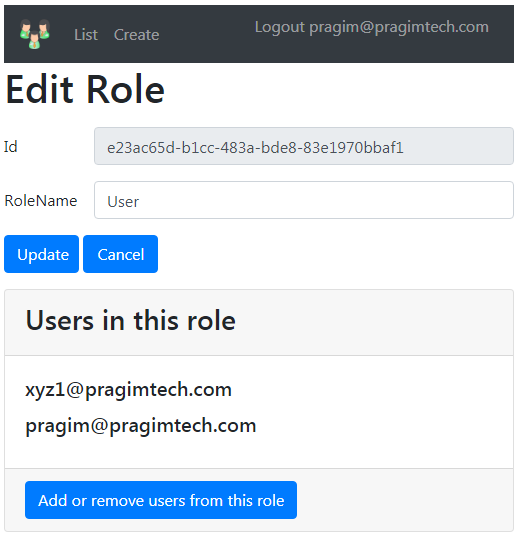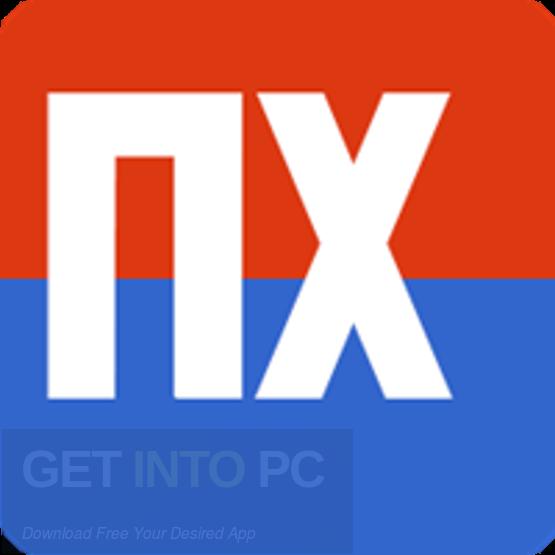

It is also not time-limited, so the password will always be valid for that policy unless changed. The password is used on a per-policy basis, not on a per-website basis, so keep this in mind when developing your policies. This feature allows an administrator to specify a password that can be used to bypass Filtering Policies when users encounter a blocked website. We recommended utilizing our Roaming Clients for granular content filtering.

We show this when you set up your 302 redirect.

Organization Name - This is the name of your organization that will be displayed as the party responsible for blocking access to the domain.Block Page Name - The internal friendly name that you use to assign the policy to your networks.Only hosted block pages can be customized because an external block page is actually a redirect to a custom web location.Ī hosted block page can be created by navigating to the Policies > “Block Pages” category on the dashboard and selecting “Hosted Block Page,” as shown below. Within this page, we will pass the IP, domain, and categories as URL parameters.īelow is a video demonstration of creating a block page:ĭNSFilter allows you to customize the block page in a variety of ways. This may be a local-only resource () or a public resource (). An external block page will immediately send a 302 redirect to the user to a location you set.A hosted block page will halt the user and present organizational information, as well as options to enter a bypass password or notify the administrator.DNSFilter allows you to customize the appearance, behavior, bypass passwords, and notifications related to a block page. A block page is what your users see when they attempt to visit a domain that is not allowed by the policy you have assigned to their network or Roaming Client.


 0 kommentar(er)
0 kommentar(er)
